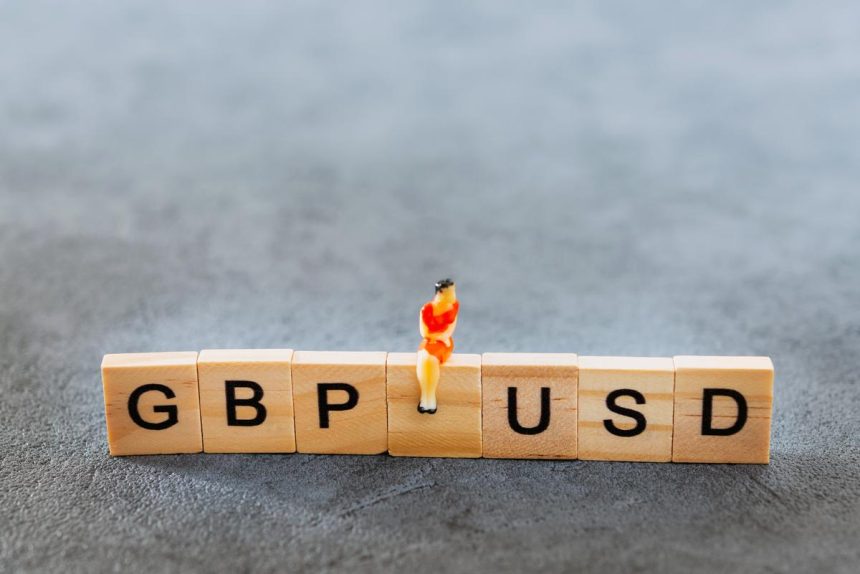Pound Sterling has risen marginally versus the US Dollar, but the general trend remains unpredictable.
In Thursday’s London session, the Pound Sterling (GBP) finds a cushion over round-level support at 1.2600 against the US Dollar (USD). The GBPUSD pair remains stable as the US Dollar has a minor fall. The US Dollar Index (DXY), which measures the value of the US dollar against six major currencies, is down after reaching a new eight-week high near 106.10.
However, the near-term outlook for the US Dollar remains robust. As investors are Expected to trade cautiously ahead of the United States (US) core Personal Consumption Expenditure price index (PCE) data for May. Which will be released on Friday. Core PCE inflation. The Federal Reserve’s (Fed) preferred inflation metric, is expected to expand at a slower rate of 0.1% per month, compared to 0.2% in April. Annually, underlying inflation is expected to slow to 2.6% from 2.8% in April.
Economists anticipate that US core PCE inflation slowed in May.
A scenario in which PCE inflation falls, as economists estimate, would increase expectations. That the Fed will begin lowering interest rates in September. According to the CME FedWatch tool, traders expect interest rates to be decreased by 62.3% from their current levels. The algorithm also indicates that the Fed will lower interest rates twice this year. Nevertheless, Fed policymakers In their most recent dot plot. The Fed indicated that only one rate cut will be implemented this year.
During Thursday’s session, investors will pay attention to the Initial Jobless Claims data for the week ending June 21. The updated Q1 Gross Domestic Product (GDP) estimates, and May Durable Goods Order data.
Daily Market movers: Pound Sterling falls vs Asian peers.
In Thursday’s European session, the pound sterling rose against its European counterparts and the US dollar, but fell against Asian currencies. In Asia, the Japanese Yen (JPY) is rising as suspicions of Japan’s interference in the FX sector grow. Meanwhile, antipodean currencies are exhibiting strength as investors expect the Reserve Bank of Australia (RBA) and the Reserve Bank of New Zealand (RBNZ) to This year, do not make a transition to policy normalization.
The uncertainty surrounding the UK election results keeps the Pound Sterling on edge.
The British pound is expected to see volatility when the United Kingdom (UK) parliamentary elections take place on July 4. According to polls, UK Prime Minister Rishi Sunak’s Conservative Party is likely to lose to the opposition Labour Party.
On the economic front, policymakers are concerned about the weakening economic outlook as a result of increasing interest rates from the Bank of England (BoE) and sluggish wage growth. According to the preliminary S&P Global/CIPS Purchasing Managers’ Index (PMI) for June, economic activity in the manufacturing sector rose faster than in the service sector, which unexpectedly slowed. Meanwhile, robust wage growth continues to empower individuals with strong purchasing power. Making it more difficult for authorities to kickstart the Policy easing cycle.
Financial markets anticipate that the Bank of England will begin lowering interest rates. Following its August meeting. Meanwhile, investors will be focusing on the revised UK Q1 GDP figures, which will be released on Friday.









